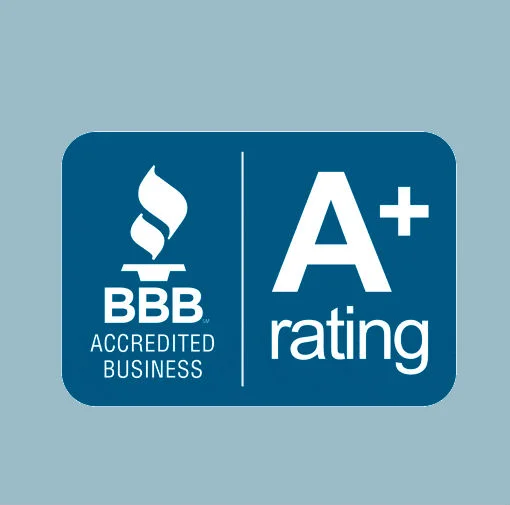Why SEO is the Vital Ingredient in Healthcare Website Design

Just the other day, a practitioner proudly asked us, “What do you think of my new healthcare website design?” Obviously, it was an after-the-fact question. The site was already done. They wanted applause, not constructive criticism. Unfortunately, there was little to praise.
Predictably, the well-intended web-builder had a “pretty” design that fell flat on two fronts. First, the marketing strategy and tactics were nearly non-existent. And, second, the site was devoid of meaningful SEO impact. In short, this website wouldn’t deliver an effective message, and worse, visitors would rarely find it online.
Healthcare Success reviews websites all the time, and we’re glad to help. (Please connect with us today.) Regrettably, Do-It-Yourself (DIY) web developers miss the mark on several counts. Poor or non-existent Search Engine Optimization (SEO) is the worst healthcare website design offense. Without SEO, it never connects with the audience. Doing nothing is a wasteful expense and a lost opportunity.
The planning and development process for an effective website considers two primary audiences. First are the human visitors. Text, visuals, color and other design elements communicate the marketing message. Most amateur web designers never get beyond the superficial appearance.
Unfortunately, “what looks good” can often be pretty poison to effective marketing and advertising. To be clear, the visual elements of a healthcare website are highly important. But the design, graphics, layout and other components are only part of the success factors.
Healthcare Website Design That Includes Search Engine Optimization…
The Internet’s search engines—Google, Bing, Yahoo, and others—are the other considerations in site design. Effective Search Engine Optimization includes the strategies and tactics that cause the site to be among the top local and organic search results page listings. That means greater site visibility and more visitors. SEO is a significant part of a digital marketing plan that delivers the patients you want.
The ideal time to plan and build SEO is from the start of the project. Search Engine Optimization often involves technical and unseen techniques. SEO is a continuing challenge, in part because there are roughly 200 or so ranking factors used by Google. It only makes sense to work on SEO from the initial design and build out.
SEO from the start...
Be it a brand new healthcare website or a site update and overhaul, here are a few examples of important SEO considerations:
- Mobile-Friendly: The desktop appearance isn’t the only stage for your website. It needs to be easily readable on the ubiquitous small screens of tablets and smartphones. Better than half of online searches are by a mobile device. And Google—the largest of the search giants—issues a penalty for “mobile-unfriendly.
- Crawler-Friendly: Search engines view website content by way of robots that index webpages. If a site is formatted in a way that is unfriendly, or “poor,” to the robots that crawl your site, search rankings are likely to also be poor.
- Site Speed Experience: Internet users demand that sites and pages appear instantly. Having a fast site speed is a plus for SEO performance, plus it enhances the user experience. The plan and build-out of a website can assure good speed and good experience.
- Optimized Rich Snippets: The name may be unfamiliar, but everyone has seen the additional bits of information that help clarify the content of the page for the search engine and the visitor. Optimizing these features helps to connect the visitor’s search with appropriate content.
Search Engine Optimization is a challenging, and often technical, process. SEO is not D-I-Y. Additional considerations include architecture and navigation, functionality, security and many other factors. Connect with us for professional medical SEO services. But reach out for assistance before you begin your healthcare website design and development.
Steven Jacobs
Related Articles:
Does SEO Really Matter for Healthcare?
How Healthcare SEO Has Changed The Past Decade and What’s Ahead
How to Optimize Content for SEO to Rank Higher
10 (Relatively) Easy SEO Tips for Better Healthcare Marketing









